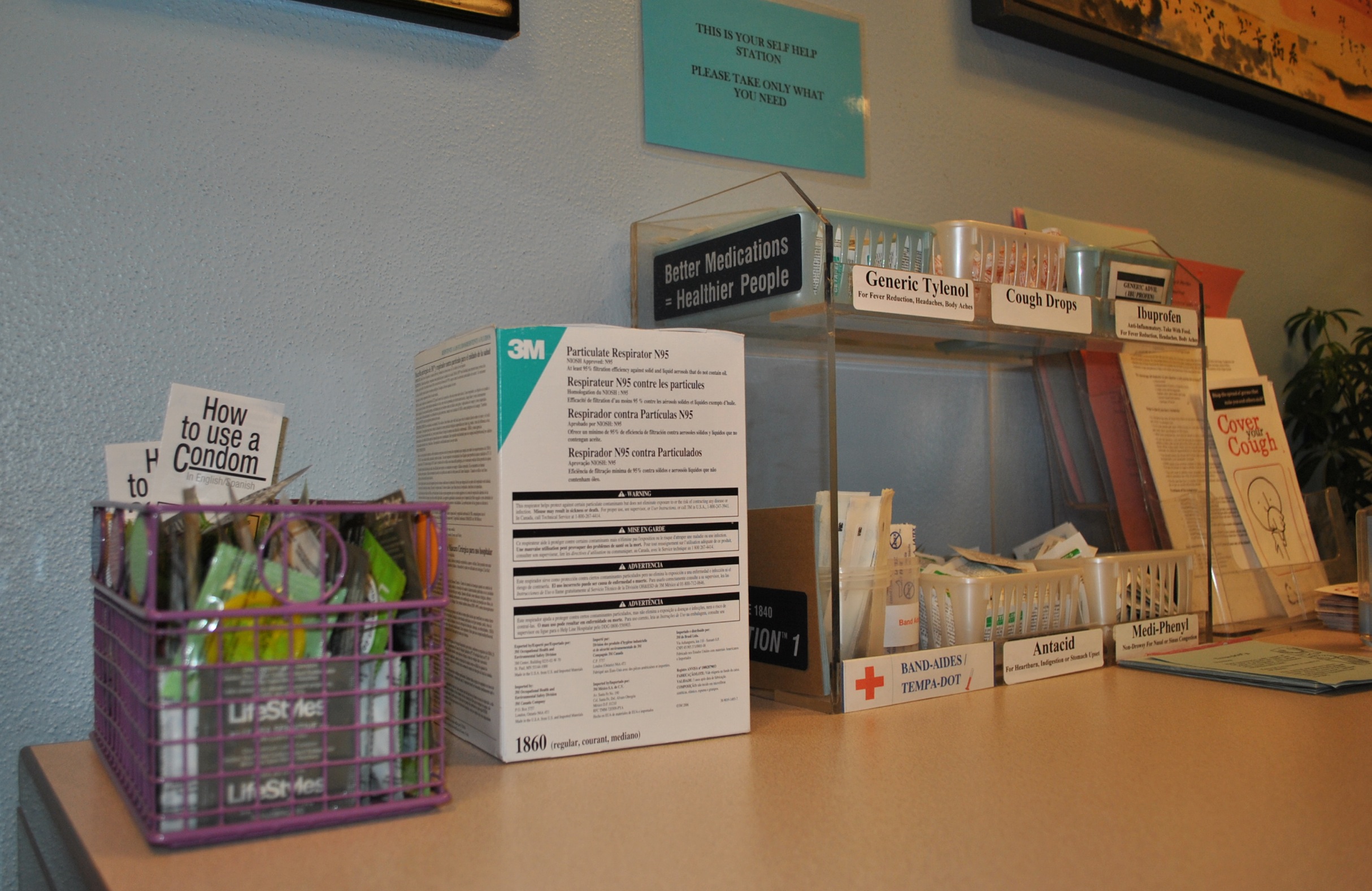Ah, orgasm. Even though it’s (usually) pretty obvious when you’re having one, the form, function and mechanics of the whole O-rdeal are pretty complex.
This complexity is hard to study empirically so there are a lot of gaps in our knowledge of orgasm. The biggest factor, too, is the wide variation in any one person’s experience of orgasm, let alone the variation from person to person.
It pains me to generalize such a subject, but there are several things that are worth thinking about when it comes to achieving orgasm.
A great way to think about it is that sexual arousal (one’s state) and all sexual activity (one’s action) as building up this delicious tension. Orgasm, when achieved, is a release of this tension.
The path to your best orgasm is, as one friend calls it, a self quest. Literally take matters into your own hands. “Research” well and often.
Orgasm and your sexuality as a whole can be completely different by yourself than with a partner. When you translate your own practices into partner sex, keep a frequent and open line of communication.
There are generally four stages of an orgasm cycle: arousal, plateau, climax and, finally, resolution.
Amazingly, the physiological effects are roughly comparable between the sexes. The same crescendo of heart rate and blood pressure happens, plus blood flows to the fun places like the penis, clitoris and nipples.
Oxytocin, the “cuddle drug,” is released with climax in both sexes. However, women have doubled levels of estrogen that increase the effects of oxytocin.
A great resource to learn about this and other topics relating to sex is Babeland’s book Moregasm.
I hate to be insensitive by saying “everyone can do this!” if you’ve personally tried and can’t achieve multiple orgasms or are preorgasmic. However, theoretically men and women can have multiple orgasms. Of course, it’s not that simple.
With men, there is generally a much-needed refractory period characterized by hypersensitivity of the head of the penis. For women, we can orgasm again and again, without limit.
It is extremely difficult to “teach” someone how to have multiple orgasms, and the best instruction I have is to guide yourself into a mindset of arousal and just keep going after the first one. As a friend puts it, return to that happy spot if you aren’t too “anatomically spent.”
My experience is that the first couple are smaller and less fulfilling but increase each time. Around number three or four, the resolution period starts to have the trademark post-coital feeling of bliss with that feeling of satisfaction.
This is information I like to discuss with my partners and we can both work toward mutual fulfillment.
Manipulating the number of orgasms and timing in general is of interest to partners that want to orgasm simultaneously or at least close together.
In heterosexual sex this can be an issue since on average men take twice as long to reach a climax. For men, a tip I have heard to shorten the refractory period and be able to keep ‘em coming is to decrease stimulation before orgasm.
A friend of mine related some insight when I asked her about multiple orgasms that really applies to general rules of sexual activity.
She said 90 percent of an orgasm is mental strength and the other 10 percent is knowing what to put where. This ratio may differ for some, but the emphasis on the power of the mind is wonderful. Especially in solo sex, fantasizing or getting creative with your hand/toy are all in your head.
When beginning to engage in sexual arousal in any instance, there is a mindset one must achieve. Leave your insecurity at the door and work against any guilt that may come up (for example, receiving oral sex). Remind yourself that you deserve this.
It is essential to “find your place.” This is a skill that can be practiced, although it is less of a method and more of an understanding.
And of course, each partner is different, so it may take an entirely new mindset for each one.
What’s the point of it all?
Though as college students we may tend to try to avoid thinking about procreation, the purpose of orgasm is inherently intertwined with conception.
At one point, it hit me that the function of ejaculation as a result of male orgasm makes perfect sense in this context, yet female orgasm is much less transparent. On the surface, conception is contingent only on the male orgasm.
Psychology Today did an article on the “Orgasm Wars,” which is a fascinating read with often problematic alternative theories. Take, for instance, that female orgasm is purposeless and the equivalent to the male nipple.
Thankfully, the article points to a superior theory: female orgasm works to increase retention of sperm by the clenching of muscle groups that usher the sperm to the cervix where it in an ideal location for eventual conception.
More fascinating is when women don’t orgasm or orgasm before male ejaculation. This occurrence suggests that the female’s subconscious is selecting against the particular person’s sperm.
Now, obviously this is harsh, reductionist and incredibly hetero-normative, so we must take it with a grain of salt. However, it is exciting that research is attempting to learn about mechanisms of sexuality, even if it is limited in many capacities.
It is difficult to talk universally about orgasm because not every orgasm is created equally. Not even close. But that variation is a beautiful thing that makes getting to know yourself, your body and each new partner that much more exciting.
Find yourself a comfy place and break out that O-face.

